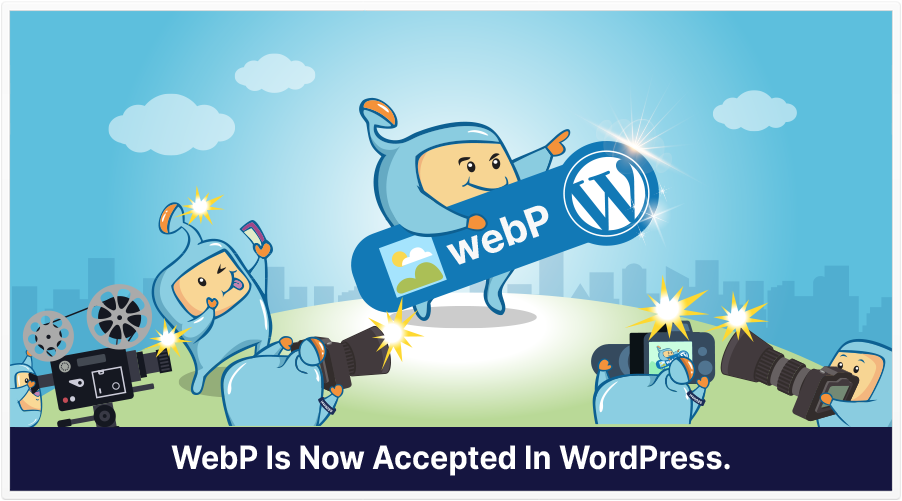
As webmasters and publishers, we’re always looking for free traffic, and search engine results pages can be a great source of long-term, free traffic.
But, on a competitive online landscape, the likelihood of traffic arriving at our sites is dependent upon a few things–one of which is how good our search engine optimization (SEO) is.
And a lot of people in the SEO industry are in agreement that one of those SEO factors is page speed.
What Is Page Speed?
I think of Page Speed as basically how long it takes for a page to fully load–that includes, of course, the text, but not only that: images, scripts, video thumbnails, and any other assets or code that belong to that page.
Page Speed can be measured in milliseconds or seconds, and Google has a resource, called PageSpeed Insights, that you can use to determine how a web page scores.
Other resources, which are similar overall, but may have slightly different metrics, are GTmetrix and Pingdom Website Speed Test.
One Factor That Can Determine Page Speed: Loading Time
Not only is Page Speed, itself, essentially a loading time (the time it takes for all of a page’s assets to load), but, if you really think about it, the loading time of each asset can play a role in the total Page Speed score.
So, what I’m saying is that for each image on a web page, the loading time of each image can play a role in the total Page Speed (load time) for that page.
It then follows that if we can make our images load faster, then the web page with those images will also load faster.
And that would lead to better Page Speed times and, hopefully, better rankings.
And that’s the significance of the adoption of WebP.
WebP: An Image Format That Is, Roughly, 25%-34% Smaller Than Other Formats
You’ve probably heard the term, “Jpeg.” That’s phonetic for .jpg, which is probably the most-used file format.
Well, most of the time, a WebP image that’s the same size (in terms of pixels) as a .jpg image is, on average, roughly 30% smaller (in terms of file size).
This is significant because smaller file sizes mean faster transfer of data, which leads to faster Page Speeds.
With WordPress 5.8 Comes The Acceptance of WebP
Previous versions of WordPress didn’t natively accept the WebP file format. Yes, it was possible to still have WebP images in previous versions of WordPress, but you needed a workaround or a 3rd-party service.
Faster Load Times, Better Page Speed
Now, however, you can use WebP right in WordPress 5.8, which is great, because, as we’ve seen, smaller file sizes mean faster transfer of data, which means faster load times, better Page Speed, and hopefully, better rankings.
This video is on the Income School YouTube channel, and speaks about the significance of WordPress’ acceptance of WebP.
Be sure to try to take advantage of WebP’s increased transfer speeds, as it can, quite likely, lead to measurably better Page Speed Insights scores.
Source: WordPress 5.8 Release Info